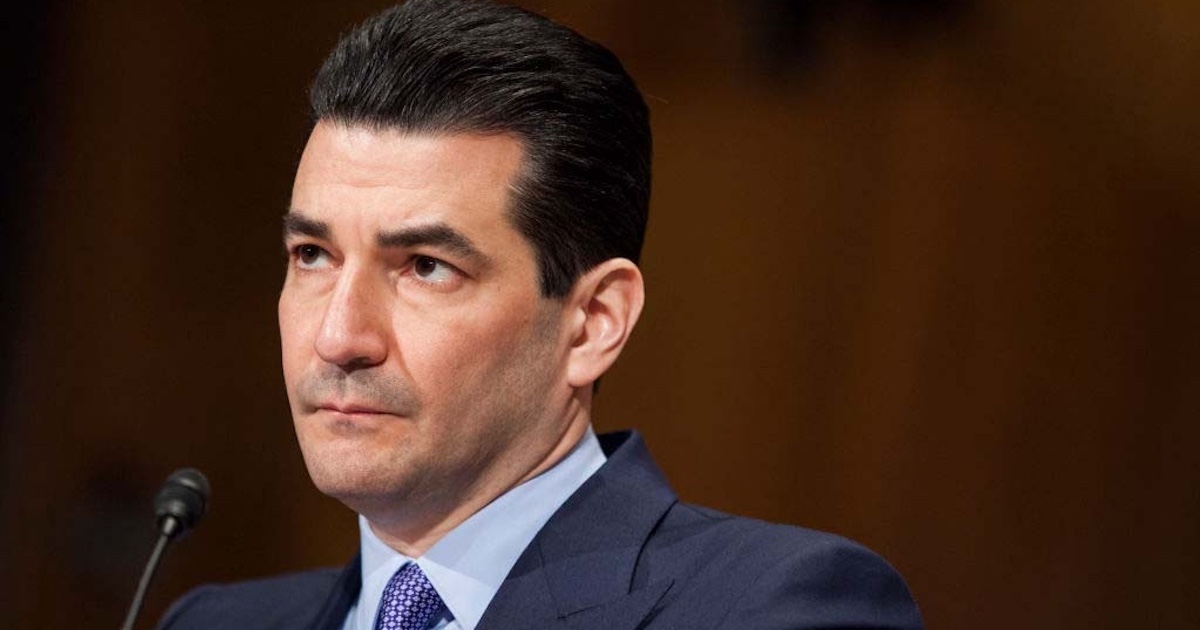According to a recent presentation at a Stanford Business forum, real-time location systems (RTLS) technology is an emerging market in healthcare, equaling $325 million worldwide, with an addressable market that is larger. Intelligent Insights recently ramped up the sector by announcing that it had won a $543 million contract with the Department of Veterans Affairs (VA) to deploy RTLS technologies across 152 medical centers in the next five years.
RTLS is expected to enable “operational efficiency, quality, compliance, decreased operational costs, reduced delays in patient care and increased staff productivity,” said Kimberly Brayley, director of the VA's RTLS project management office, in a prepared statement.
The VA plans to gather data from millions of RTLS and RFID tags on its medical equipment, surgical instruments and supplies, the statement explained, to ultimately improve visibility, analytics and intelligence into operational processes.
“Initial use cases include asset management, cath lab supply management, sterile processing workflow and automated temperature monitoring,” the statement noted. Looking into the future, potential use cases may include “patient wander management, hand hygiene monitoring, emergency department workflow and operating room workflow.”
mHealth engaging patients, reducing readmissions
When President Barack Obama signed the Patient Protection and Affordable Care Act, a provision of the law, Section 3025, added Section 1886(q) to the Social Security Act, which created the Hospital Readmissions Reduction Program. The legislation requires The Centers for Medicare and Medicaid Services to reduce payments to Inpatient Prospective Payment System (IPPS) hospitals with excess readmissions — meaning that rural community health centers must deliver efficiencies and comply with the ACA often on much tighter budgets and fewer personnel than the VA.
Already, mHealth-enabled patient engagement solutions are starting to pay off at Cullman Regional Medical Center, according to Chief Nursing Officer Cheryl Bailey. The 150-bed hospital and Tier 1 heart and stroke center reportedly reduced readmissions by 7 percent and increased its Hospital Consumer Assessment of Healthcare Providers and Systems (HCAHPS) scores by more than 60 percent within six months of implementing Good to Go, a mobile health platform developed by ExperiaHealth.
Clinicians use Good to Go during and after discharge to recommend instructional care videos, pictures, task lists and educational documents to the patient , create and send text reminders, e-mails, tasks and care messages to patients, monitor patient retrieval of instructions and engage with patients at home . Cullman also uses performance analytics to stratify patients most at risk to be readmitted.
Cullman provides clinical staff with iTouch devices. “Privacy and security are concerns, and we don't want our staff using their iPhone for Facebook during their work time,” Bailey added. “We can manage the connectivity of the (iTouch) to suit our needs.”
Understand value before investing
Despite the “wow factor” and cutting-edge appeal of mobile technologies, before deploying an RTLS or mHealth solution, John Kenagy, MD, of Kenagy Associates, recommends that healthcare organizations identify a clear ROI, via data that presents actionable insights to improve patient care.
Healthcare IT shops and the users they support should really personally experience the problem before applying a solution because, to date, millions of dollars have been spent measuring data that does not ultimately improve value in healthcare, Kenagy added.
“Old Story Healthcare is about strategy and planning, more data, and unlimited meetings that can continually lead to inconsistent results,” Kenagy’s oft-cited expression goes. “New Story Healthcare is about increased productivity and services by lowering the cost of care.”
Michael F. Arrigo is managing partner of the healthcare practice at No World Borders, a management and IT consulting firm that helps hospitals, health plans and self-insured employers improve their planning and outcomes for ICD-10, meaningful use, mHealth and other initiatives.


